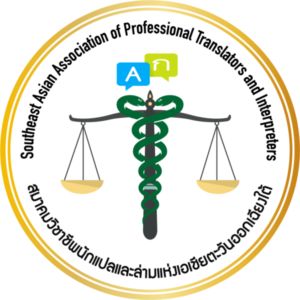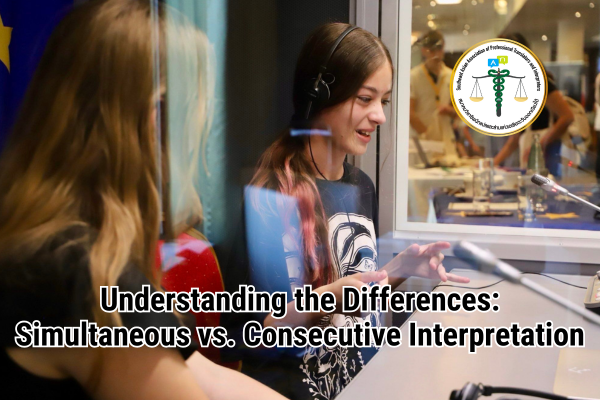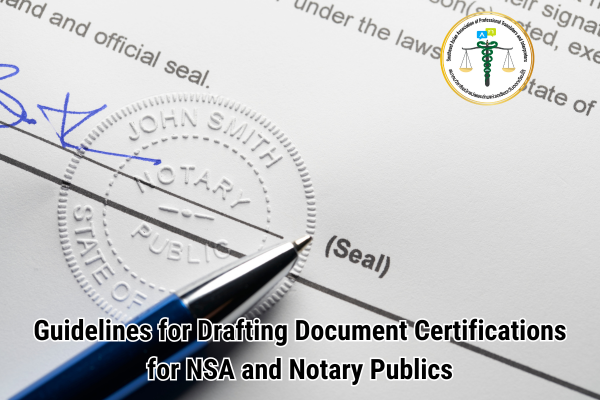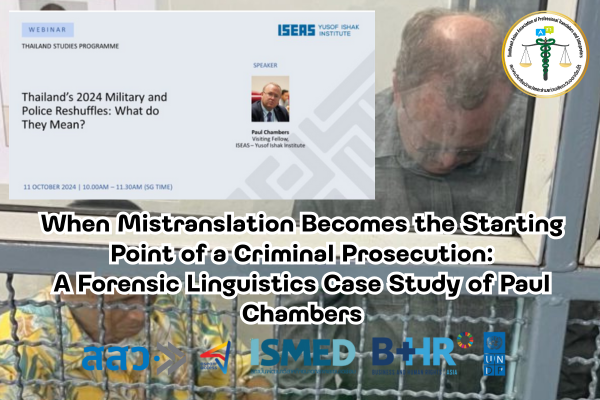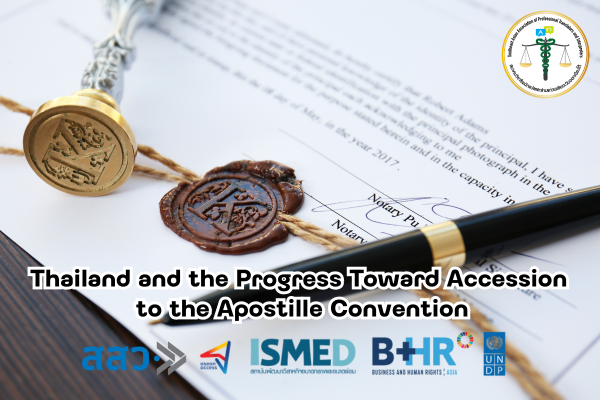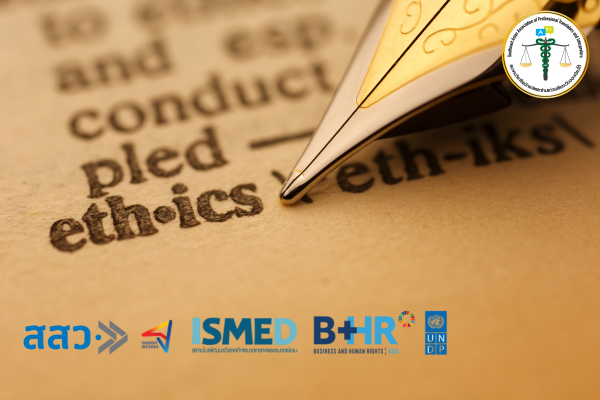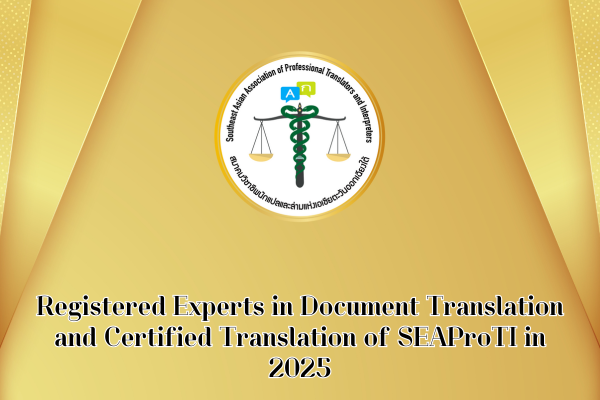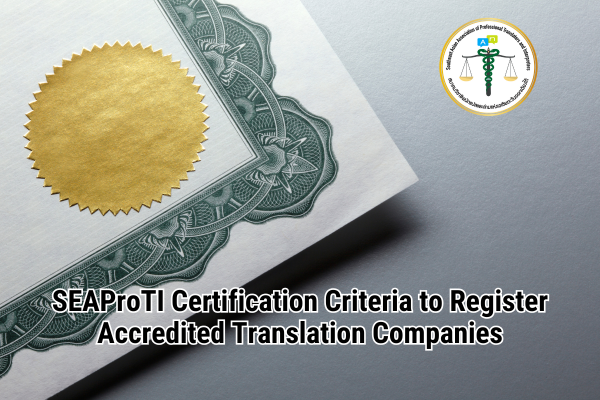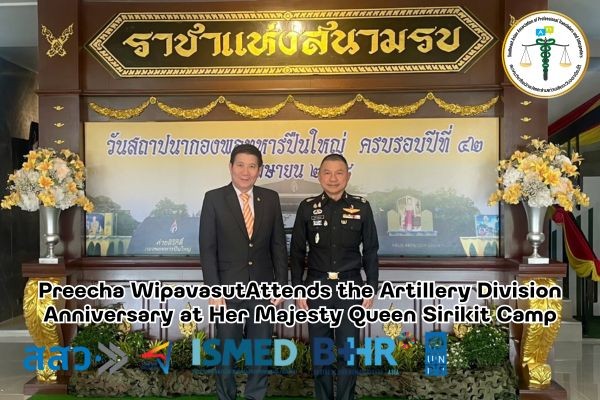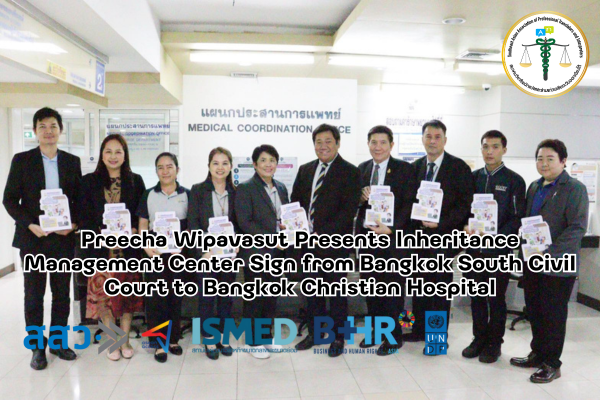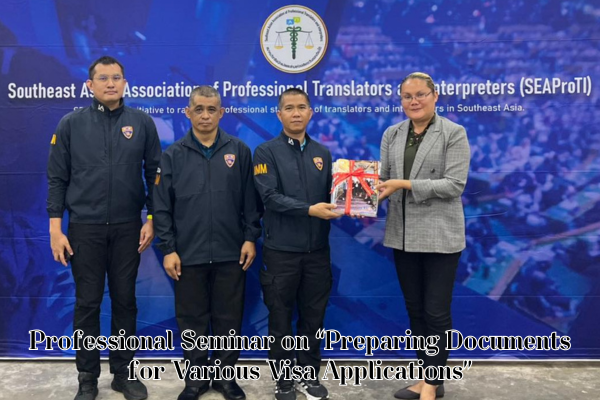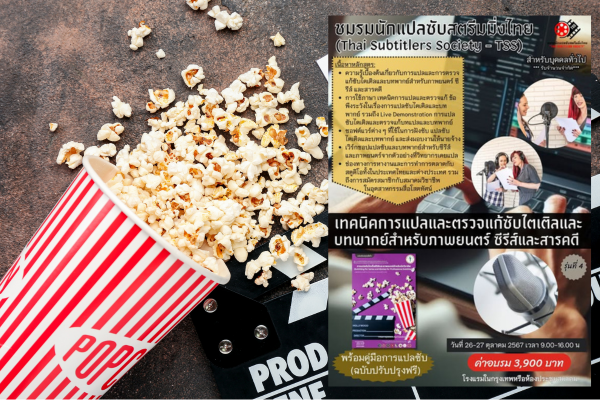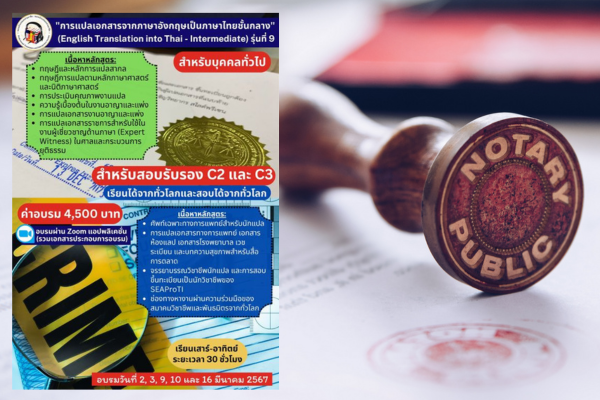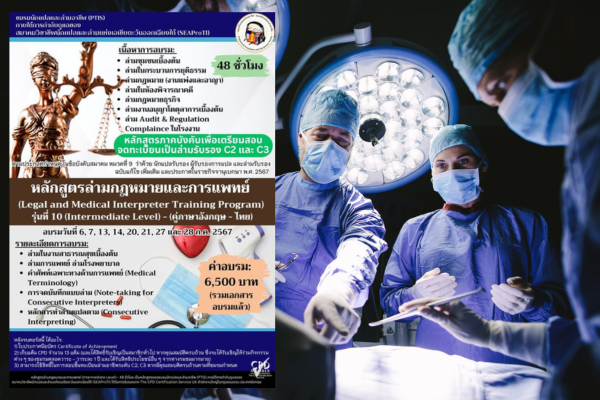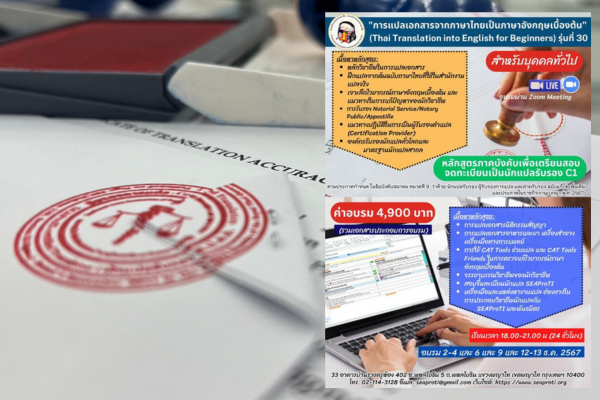Understanding the Differences: Simultaneous vs. Consecutive Interpretation
In a world where cross-border communication is increasingly commonplace, understanding and conveying different languages effectively has become the cornerstone of success. Whether it’s an international conference, a business negotiation, or a live television broadcast, language interpretation plays a pivotal role in connecting people from diverse cultures. But did you know that oral interpretation, often referred to as “interpreting,” varies depending on the situation? In this article, we’ll explore the two primary methods widely used in the field: Simultaneous Interpretation and Consecutive Interpretation. We’ll dive into their differences, advantages, limitations, and real-world applications.
Simultaneous Interpretation: Speed and Real-Time Challenges
Simultaneous interpretation involves an interpreter listening to a speaker and translating their words into another language at the same time, with virtually no pause. Picture a United Nations meeting where global leaders address the room—interpreters sit in small booths, wearing headsets, and speak into microphones to deliver translations instantly as the speaker talks. This method demands incredible speed and focus because interpreters must process information continuously, listening to one sentence while verbally translating the previous one.
What makes simultaneous interpretation stand out is its fluidity. Listeners experience almost no gap in communication, making it ideal for large-scale events like international conferences, seminars, or live broadcasts that require seamless delivery. However, the challenges are significant. Interpreters need exceptional listening and speaking skills, as well as the ability to stay calm under pressure. Moreover, this method relies heavily on technology—headsets, microphones, and sound systems are essential, and any technical glitch could disrupt the process.
Interpreters trained in simultaneous interpretation often undergo rigorous preparation. Beyond language proficiency, they need strong multitasking abilities. In high-stakes settings, they may work in pairs, switching every 20-30 minutes to avoid mental fatigue from the intense cognitive load.
Consecutive Interpretation: Precision with a Pause
In contrast, consecutive interpretation involves the interpreter listening to a speaker for a segment—often taking notes—before delivering the translation once the speaker pauses. This approach is common in smaller, more controlled settings, such as business meetings, courtroom proceedings, or medical consultations. The interpreter jots down key points to aid memory and then conveys the message in a way that preserves the speaker’s meaning and tone as accurately as possible.
The strength of consecutive interpretation lies in its precision. Interpreters have time to think and organize their translation, ensuring they capture even the smallest details—like specific idioms or the emotional nuance of the speaker. The downside, however, is that it slows down communication. The need to wait for pauses can interrupt the flow of a conversation, which may feel less natural in some contexts.
Skilled consecutive interpreters often excel at note-taking, with some developing personal techniques like symbols or shorthand to keep up with the speaker efficiently. A sharp short-term memory is also crucial, as they might need to recall lengthy statements word-for-word without missing a beat.
Key Differences: Speed vs. Depth
To put it simply, simultaneous interpretation is like a race—fast and time-sensitive—while consecutive interpretation is like a leisurely walk, prioritizing detail and thoroughness. Simultaneous interpretation suits events where fluidity and a large audience are priorities, whereas consecutive interpretation shines in scenarios that demand accuracy and allow for more interaction between speaker and listener.
Technology marks another clear distinction. Simultaneous interpretation depends on reliable equipment, while consecutive interpretation requires little more than a pen and notebook. The interpreter’s preference also plays a role—some thrive under the fast-paced pressure of simultaneous work, while others prefer the calm control of consecutive interpreting.
Real-World Applications
Consider real-life examples. When watching a live broadcast of a global summit, you might hear simultaneous interpreters translating a leader’s speech instantly through your earpiece, allowing audiences worldwide to follow along in real time. On the other hand, in a courtroom with a foreign witness, a consecutive interpreter might step in to ensure every word is translated precisely, as even a minor error could impact the verdict.
In the medical field, consecutive interpretation is equally vital. Imagine a doctor explaining a diagnosis to a foreign patient—the interpreter must translate complex medical terms and instructions clearly, where a small mistake could have serious consequences.
Skills Interpreters Need
Regardless of the method, interpreters must have a deep command of both languages involved, along with an understanding of the associated cultures. Interpreting isn’t just about swapping words—it’s about conveying meaning and intent fully. Adaptability is also key; a good interpreter can handle unexpected challenges, like a speaker talking too fast or using a tricky accent.
Which Method to Choose?
Deciding which approach to use depends on the context. If your event prioritizes speed and involves a large audience, simultaneous interpretation is the way to go. But if accuracy and time aren’t pressing concerns, consecutive interpretation might be the better fit. The key is selecting a skilled professional suited to the task to ensure your communication goals are met.
SEAProTI’s certified translators, translation certification providers, and certified interpreters:
The Southeast Asian Association of Professional Translators and Interpreters (SEAProTI) has officially announced the criteria and qualifications for individuals to register as “Certified Translators,” “Translation Certification Providers,” and “Certified Interpreters” under the association’s regulations. These guidelines are detailed in Sections 9 and 10 of the Royal Thai Government Gazette, issued by the Secretariat of the Cabinet under the Office of the Prime Minister of the Kingdom of Thailand, dated July 25, 2024, Volume 141, Part 66 Ng, Page 100.
To read the full publication, visit: the Royal Thai Government Gazette
ความเข้าใจความแตกต่าง: การแปลพร้อมกัน vs. การแปลต่อเนื่อง
ในโลกที่การสื่อสารข้ามพรมแดนกลายเป็นเรื่องปกติ การทำความเข้าใจและถ่ายทอดภาษาที่แตกต่างกันอย่างมีประสิทธิภาพกลายเป็นหัวใจสำคัญของความสำเร็จ ไม่ว่าจะเป็นการประชุมระดับนานาชาติ การเจรจาทางธุรกิจ หรือแม้แต่การถ่ายทอดสดรายการโทรทัศน์ การแปลภาษามีบทบาทสำคัญในการเชื่อมโยงผู้คนจากหลากหลายวัฒนธรรม แต่คุณรู้หรือไม่ว่าการแปลภาษาแบบปากเปล่า หรือที่เรียกว่า “การล่าม” นั้น มีวิธีการที่แตกต่างกันไปตามสถานการณ์? ในบทความนี้ เราจะพาคุณไปรู้จักกับการแปลสองรูปแบบหลักที่ใช้กันอย่างแพร่หลาย นั่นคือ การแปลพร้อมกัน (Simultaneous Interpretation) และ การแปลต่อเนื่อง (Consecutive Interpretation) พร้อมเจาะลึกถึงความแตกต่าง ข้อดี ข้อจำกัด และการใช้งานในชีวิตจริง
การแปลพร้อมกัน: ความเร็วและความท้าทายในแบบเรียลไทม์
การแปลพร้อมกันคือการที่ล่ามฟังคำพูดของผู้พูดและแปลออกมาเป็นอีกภาษาหนึ่งไปพร้อม ๆ กัน โดยแทบไม่มีการหยุดพัก ลองนึกภาพการประชุมใหญ่ของสหประชาชาติที่ผู้นำจากทั่วโลกพูดคุยกัน ล่ามจะนั่งอยู่ในห้องเล็ก ๆ สวมหูฟัง และพูดผ่านไมโครโฟนเพื่อส่งคำแปลไปยังผู้ฟังทันทีที่ได้ยินคำพูดต้นฉบับ วิธีนี้ต้องการความรวดเร็วและสมาธิสูงมาก เพราะล่ามต้องประมวลผลข้อมูลในสมองอย่างต่อเนื่อง โดยฟังประโยคหนึ่งพร้อมกับพูดแปลประโยคก่อนหน้าไปด้วย
สิ่งที่ทำให้การแปลพร้อมกันโดดเด่นคือความลื่นไหล ผู้ฟังแทบไม่รู้สึกถึงช่องว่างของการสื่อสาร เหมาะอย่างยิ่งสำหรับงานใหญ่ เช่น การประชุมนานาชาติ การสัมมนา หรือการถ่ายทอดสดทางโทรทัศน์ที่ต้องการความต่อเนื่อง แต่ความท้าทายก็ไม่น้อยเลย ล่ามต้องมีทักษะการฟังและการพูดที่ยอดเยี่ยม อีกทั้งยังต้องควบคุมสติให้ดีในสถานการณ์ที่กดดัน นอกจากนี้ การแปลแบบนี้ยังต้องพึ่งพาอุปกรณ์เทคโนโลยี เช่น หูฟัง ไมโครโฟน และระบบส่งสัญญาณเสียง ซึ่งถ้าอุปกรณ์ขัดข้องก็อาจส่งผลต่อคุณภาพได้
ล่ามที่ทำงานแบบพร้อมกันมักได้รับการฝึกฝนมาอย่างเข้มข้น เพราะนอกจากทักษะภาษาแล้ว พวกเขายังต้องมี “ความสามารถในการทำงานหลายอย่างพร้อมกัน” (multitasking) ที่แข็งแกร่ง บางครั้งอาจต้องทำงานเป็นทีม โดยสลับกันทุก ๆ 20-30 นาที เพื่อป้องกันความเหนื่อยล้าจากการใช้สมองหนักเกินไป
การแปลต่อเนื่อง: ความแม่นยำที่มาพร้อมกับการรอคอย
ในทางกลับกัน การแปลต่อเนื่องเป็นวิธีที่ล่ามจะฟังคำพูดของผู้พูดจนจบช่วงหนึ่งก่อน แล้วจึงเริ่มแปลเมื่อผู้พูดหยุดพัก วิธีนี้มักใช้ในสถานการณ์ที่ไม่ต้องการความรวดเร็วมากนัก เช่น การประชุมธุรกิจขนาดเล็ก การพูดคุยในชั้นศาล หรือการให้คำปรึกษาทางการแพทย์ ล่ามจะจดบันทึกสั้น ๆ เพื่อช่วยจำรายละเอียดสำคัญ และถ่ายทอดคำพูดออกมาในลักษณะที่รักษาความหมายและน้ำเสียงของผู้พูดให้ได้มากที่สุด
ข้อดีของการแปลต่อเนื่องคือความแม่นยำ ล่ามมีเวลาคิดและจัดระเบียบคำพูดก่อนแปล ทำให้สามารถเก็บรายละเอียดเล็ก ๆ น้อย ๆ ได้ครบถ้วน เช่น การใช้สำนวนที่เหมาะสม หรือการปรับน้ำเสียงให้เข้ากับบริบท อย่างไรก็ตาม ข้อจำกัดคือการสื่อสารจะช้าลง เพราะต้องรอให้ผู้พูดหยุดก่อน ซึ่งอาจทำให้การสนทนาขาดความต่อเนื่องในบางสถานการณ์
ล่ามที่เชี่ยวชาญการแปลต่อเนื่องมักมีทักษะการจดโน้ตที่ยอดเยี่ยม บางคนพัฒนาเทคนิคส่วนตัว เช่น การใช้สัญลักษณ์หรือคำย่อ เพื่อให้จดได้เร็วและครอบคลุมเนื้อหา นอกจากนี้ ความจำระยะสั้นของล่ามก็ต้องดีมาก เพราะบางครั้งอาจต้องจำประโยคยาว ๆ โดยไม่พลาดแม้แต่คำเดียว
ความแตกต่างหลัก: ความเร็ว vs. ความลึก
ถ้าเปรียบเทียบกันชัด ๆ การแปลพร้อมกันเหมือนการวิ่งแข่งที่ต้องเร็วและทันเวลา ส่วนการแปลต่อเนื่องเหมือนการเดินชมวิวที่เน้นความละเอียดและครบถ้วน การแปลพร้อมกันเหมาะกับงานที่ต้องการความลื่นไหลและมีผู้ฟังจำนวนมาก ส่วนการแปลต่อเนื่องเหมาะกับงานที่เน้นความถูกต้องและมีปฏิสัมพันธ์ระหว่างผู้พูดกับผู้ฟังมากกว่า
ด้านเทคโนโลยีก็เป็นอีกจุดที่แตกต่าง การแปลพร้อมกันขาดอุปกรณ์ดี ๆ ไม่ได้ ในขณะที่การแปลต่อเนื่องแทบไม่ต้องพึ่งเครื่องมืออะไรเลย นอกจากปากกากับสมุดโน้ต ความถนัดของล่ามเองก็มีผล บางคนถนัดความเร็วและความกดดันของการแปลพร้อมกัน แต่บางคนชอบความสงบและการควบคุมของการแปลต่อเนื่อง
การใช้งานในชีวิตจริง
ลองนึกถึงสถานการณ์จริง เช่น ถ้าคุณดูการถ่ายทอดสดการประชุมระดับโลก คุณจะได้ยินเสียงล่ามแปลพร้อมกันผ่านหูฟังทันทีที่ผู้นำพูด สิ่งนี้ช่วยให้ผู้ฟังจากทั่วโลกเข้าใจเนื้อหาได้พร้อมกัน แต่ถ้าคุณอยู่ในห้องพิจารณาคดีที่มีพยานต่างชาติ ล่ามอาจใช้การแปลต่อเนื่องเพื่อให้แน่ใจว่าทุกคำพูดถูกถ่ายทอดอย่างแม่นยำ โดยเฉพาะในบริบทที่คำพูดแต่ละคำอาจมีผลต่อคำตัดสิน
ในวงการแพทย์ การแปลต่อเนื่องก็สำคัญมาก ลองนึกภาพหมอที่ต้องอธิบายอาการให้คนไข้ต่างชาติฟัง ล่ามจะต้องแปลคำศัพท์ทางการแพทย์และคำแนะนำให้ชัดเจน ซึ่งความผิดพลาดเพียงเล็กน้อยอาจส่งผลร้ายแรงได้
ทักษะที่ล่ามต้องมี
ไม่ว่าจะเป็นการแปลแบบไหน ล่ามต้องมีความรู้ภาษาทั้งสองฝั่งอย่างลึกซึ้ง รวมถึงเข้าใจวัฒนธรรมของทั้งสองภาษาด้วย เพราะการแปลไม่ใช่แค่เปลี่ยนคำ แต่ต้องถ่ายทอดความหมายและเจตนาให้สมบูรณ์ นอกจากนี้ ความสามารถในการปรับตัวก็สำคัญ ล่ามที่ดีต้องพร้อมรับมือกับสถานการณ์ที่ไม่คาดคิด เช่น ผู้พูดพูดเร็วเกินไป หรือมีสำเนียงที่ฟังยาก
เลือกวิธีไหนดี
การตัดสินใจว่าจะใช้การแปลแบบไหนขึ้นอยู่กับบริบท ถ้างานของคุณเน้นความรวดเร็วและมีผู้ฟังเยอะ การแปลพร้อมกันคือคำตอบ แต่ถ้าคุณต้องการความแม่นยำและมีเวลามากพอ การแปลต่อเนื่องจะตอบโจทย์กว่า สิ่งสำคัญคือการเลือกผู้เชี่ยวชาญที่เหมาะสมกับงาน เพื่อให้การสื่อสารของคุณสำเร็จตามเป้าหมาย
เกี่ยวกับนักแปลรับรอง ผู้รับรองการแปล และล่ามรับรองของสมาคมวิชาชีพนักแปลและล่ามแห่งเอเชียตะวันออกเฉียงใต้
สมาคมวิชาชีพนักแปลและล่ามแห่งเอเชียตะวันออกเฉียงใต้ (SEAProTI) ได้ประกาศหลักเกณฑ์และคุณสมบัติผู้ที่ขึ้นทะเบียนเป็น “นักแปลรับรอง (Certified Translators) และผู้รับรองการแปล (Translation Certification Providers) และล่ามรับรอง (Certified Interpreters)” ของสมาคม หมวดที่ 9 และหมวดที่ 10 ในราชกิจจานุเบกษา ของสำนักเลขาธิการคณะรัฐมนตรี ในสำนักนายกรัฐมนตรี แห่งราชอาณาจักรไทย ลงวันที่ 25 ก.ค. 2567 เล่มที่ 141 ตอนที่ 66 ง หน้า 100 อ่านฉบับเต็มได้ที่: นักแปลรับรอง ผู้รับรองการแปล และล่ามรับรอง

